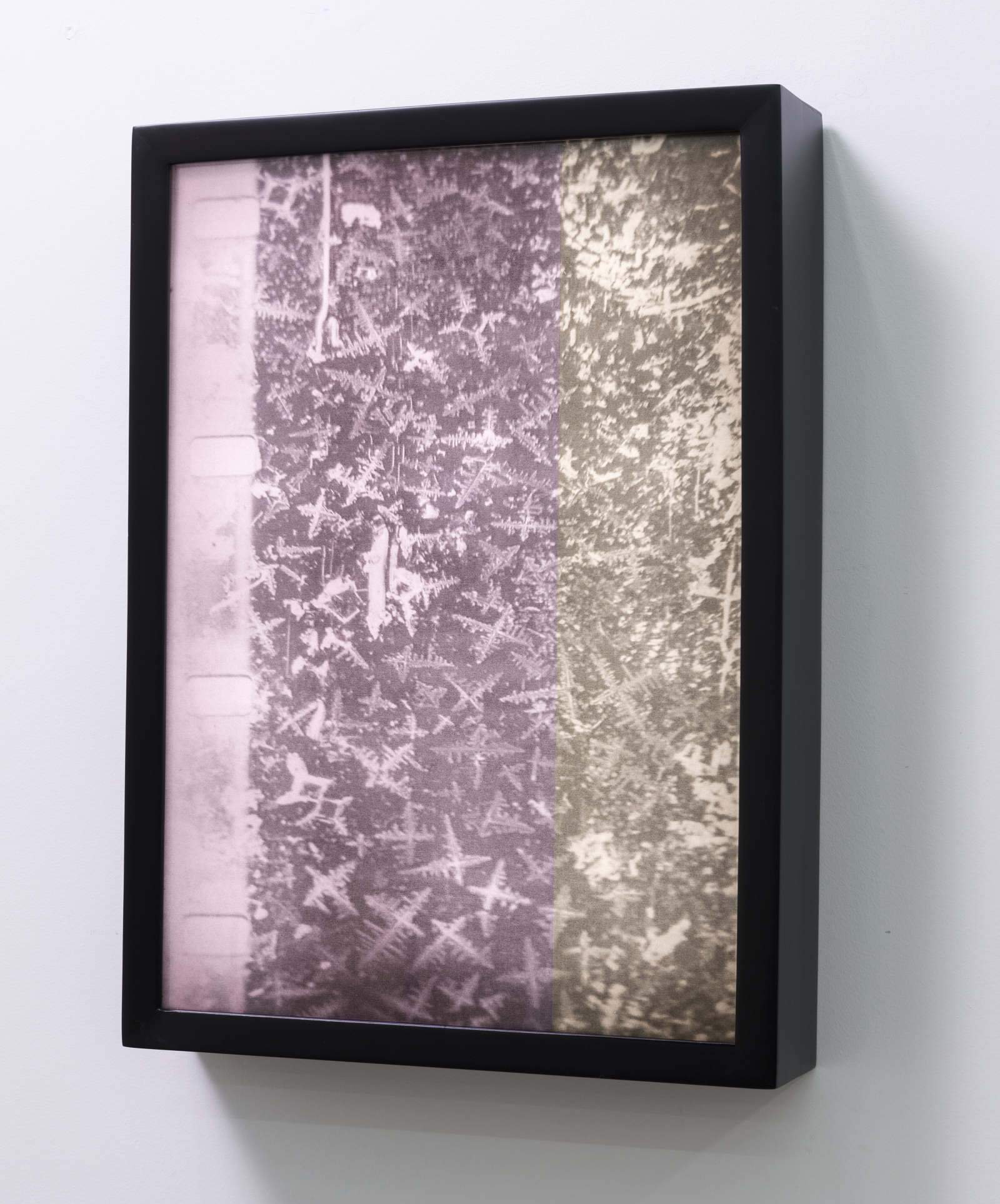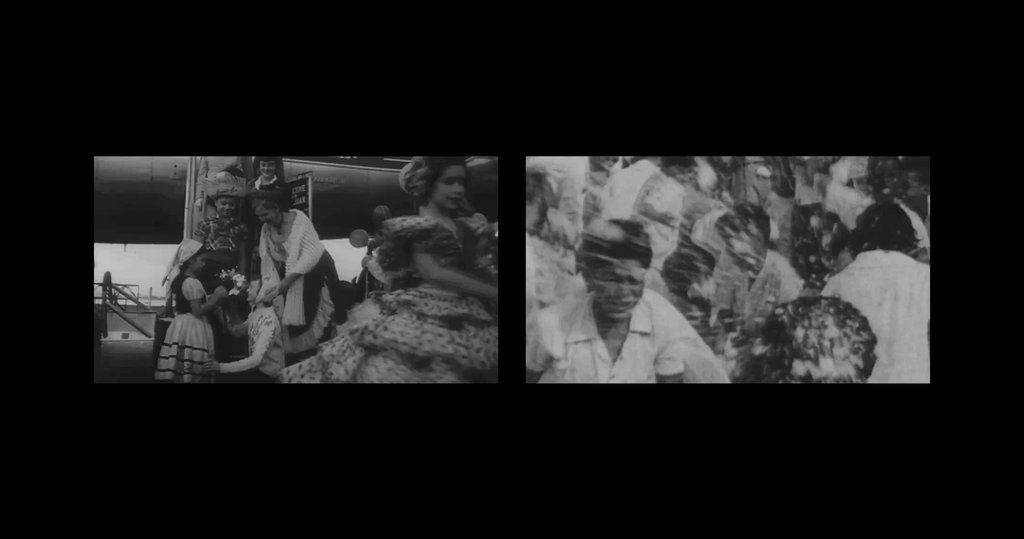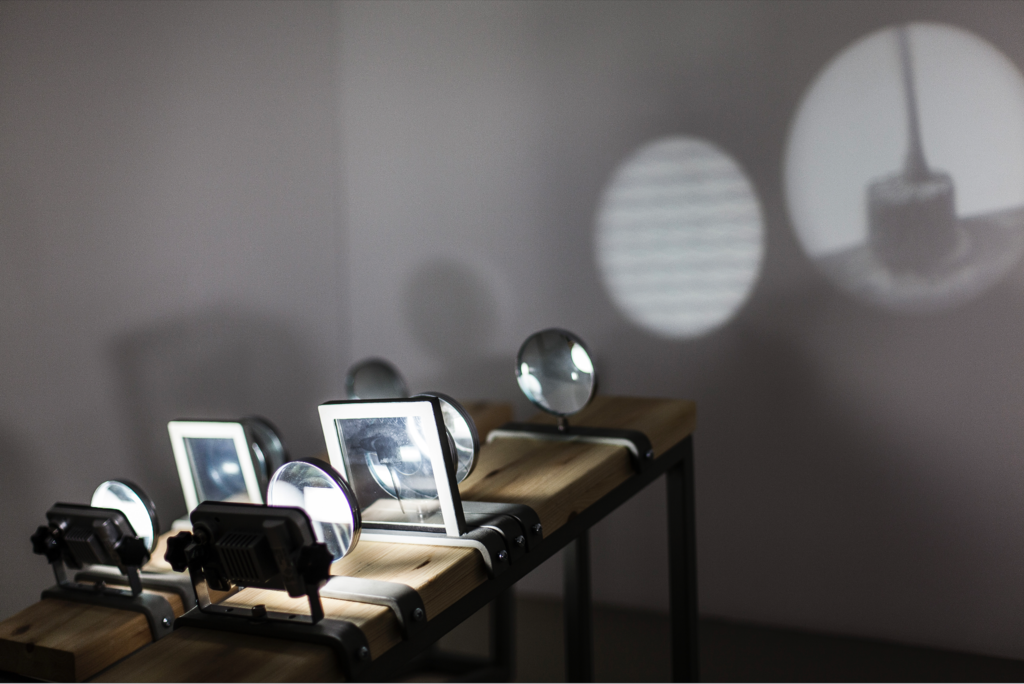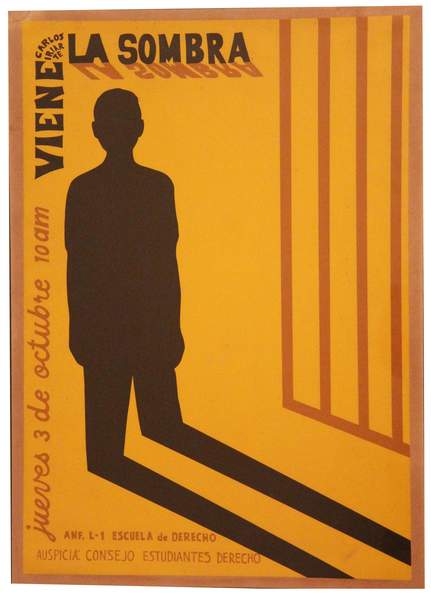
The Whitney Biennale has led us to come across Puerto Rican visual artist, Sofía Gallisá Muriente who dives into contemporary cultural institutions in search of contradictory narratives. I believe her process and point of view can push us to see how ideologies are constructed, to be more of a skeptic and to think critically when presented with images. I find her work to be a wake up call, and like always hope this conversation brings some useful information.

“Lluvia con Nieve” is a double projection that tries to make visible the ideological processes of production in those images. What is interesting about this work is that you chose to manipulate what was already manipulative. Could you build more on that and give our readers a deeper dive into the work?
A lot of my work is concerned with distrusting images, thinking critically about visual culture in and about Puerto Rico specifically. In the case of Lluvia con Nieve, I was lucky enough to find archival footage of one of the occasions when snow was brought to Puerto Rico by San Juan mayor Felisa Rincón de Gautier. This is an event that most Puerto Ricans are familiar with, it’s almost like folklore. The story is invoked regularly as an example of just how absurd our politicians are or what a surreal Caribbean island we live in. But most people have never seen moving images of that event, or really considered its complicated political implications, so I felt I had to stretch and zoom into the images in a way that would force people to look closely, and give them time to go from laughter to some other complex combination of emotions.
Your work focuses on experimenting with documentation, using the press, advertising, and the internet. How does this experimentation lead to what you want to say with the work? Is it just finding new ways to communicate the same idea or is it finding new ideas in the first place?
Mainstream media defines the visual language or a period, and since the existence of consumer cameras, it also shapes how most people see and document their own experience of the world. I’m a screenshot hoarder and love to take deep dives into different worlds of user generated content on the internet because I think the fact that most people are image producers today creates an interesting feedback loop and often reveals ingrained ideologies and references. Sometimes my work plays with the logic of that image production, like in the piece B-roll, which is basically a remix of tourism ads and videos produced for American investors interested in moving to the island. Other times, that image collection just informs my process or how I shoot.
I’m a screenshot hoarder and love to take deep dives into different worlds of user generated content on the internet because I think the fact that most people are image producers today creates an interesting feedback loop and often reveals ingrained ideologies and references.

“Presente, Presente, Presente” explores exotic burials. Is this work solely about the ceremony of death or death itself too? Give us a brief on the work.
Originally, I was interested in how the economic crisis in Puerto Rico coincided with a raise in murders and seemed to generate new trends in mortuary services. I saw it as an amazing example of innovation and entrepreneurship that suddenly there were funeral homes broadcasting over the internet or embalming people in different positions and settings. But once I started going to the funerals to film and talking to the families, I quickly realized it was much more than that. For me, it has everything to do with how the logic of photography and media is assimilated and repurposed. Most of the deceased who choose this are poor people from marginalized neighborhoods in Puerto Rico who live in the same community as the funeral home. Although some might have other initial intentions, they honor their dead by generating a media spectacle, and that brings out all sorts of curious strangers and extends the grief to many others. Their loved ones end up in the newspaper and TV; all over the internet. The images reach their families living abroad. I’ve never felt more welcome filming anywhere than in these burials, even though I’m a stranger, because I’m seen as someone who comes to shine a light on their loved one.
It is important to know what came before, and I believe that younger generations don’t look back enough, which leads to history repeating itself. It seems to me that history is extremely important to you, can you tell us why?
Well, history is written by the people in power, so it’s up to those of us without power to reclaim and rewrite it. I think art is a language that can assist in doing that, in part because it has the freedom to imagine beyond what is documented.

In most underdeveloped countries, there is an absence of institutional structures or a market to solely devote time to being an artist yet these countries usually have very rich cultural traditions. If there was any advice you would give a younger artist with few resources, what would it be?
Honestly, I think most younger artists don’t need my advice because they’re doing and making things happen regardless of whether there’s institutional support for them or a market. At least that’s the case in Puerto Rico, and that’s what’s so powerful about our scene; its persistence despite the economic unviability of being an artist here. Still, if anyone needs to hear it, that would be my advice for others in similar situations; to persist, with their friends, supporting each other’s projects and making do with the resources available. Making art first and foremost for pleasure. Secondly, don’t give up on demanding that the cultural institutions that do exist support cultural workers.
